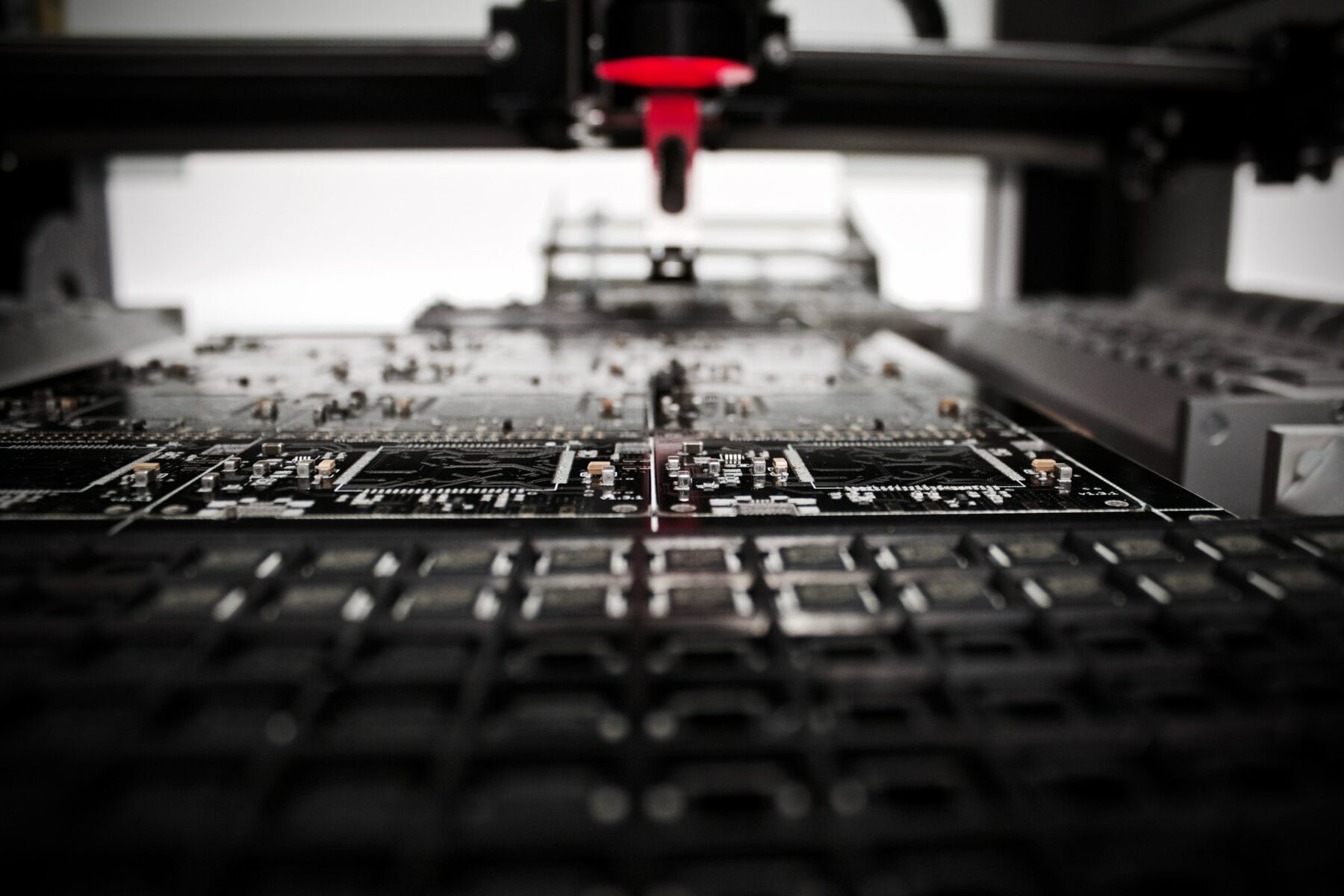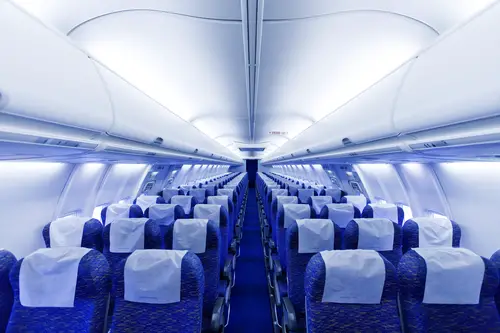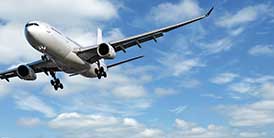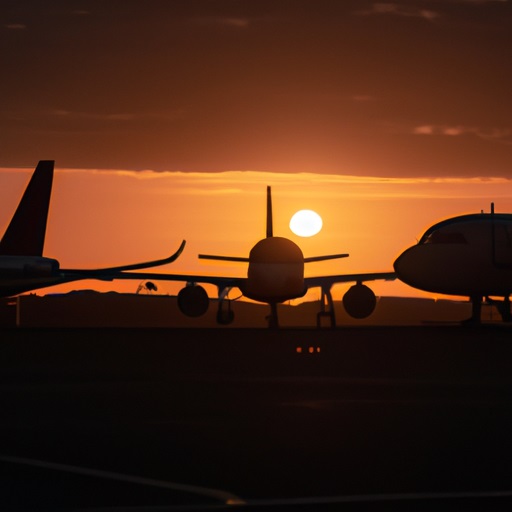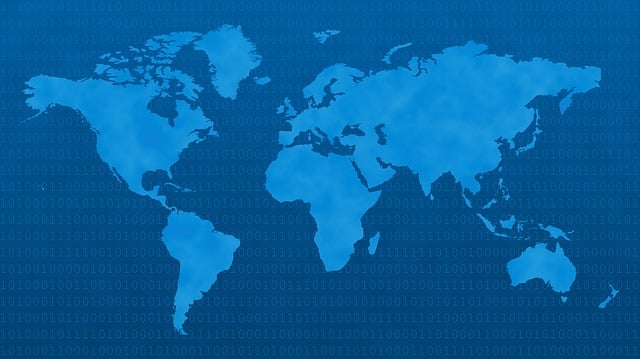
Airline Deregulation
The airline industry has undergone significant changes over the past few decades, largely thanks to the deregulation movement of the late 20th century. The Airline Deregulation Act of 1978 marked a turning point in the industry’s history, leading to increased competition, lower fares, and expanded service. In this article, we’ll take a closer look at the history of airline regulation, the shift toward deregulation, and its impact on the airline industry and consumers.
The era of airline regulation
Before deregulation, the government heavily regulated the airline industry through the Civil Aeronautics Board (CAB). The CAB was established in 1940 with the purpose of regulating the airline industry, including the allocation of routes, the setting of fares, and the approval of market entry for new airlines. The CAB was tasked with ensuring that the airline industry was safe, efficient, and financially stable.
However, the CAB’s regulatory approach was criticized for stifling competition and leading to market inefficiencies. Consumers complained about high fares, limited flight options, and poor customer service. In addition, the regulated pricing structure made it difficult for new entrants to enter the market and compete with established airlines.
The shift toward airline deregulation
In response to these criticisms, the Airline Deregulation Act of 1978 was passed, marking a significant shift in the regulatory approach to the airline industry. The act aimed to increase competition, lower fares, and improve service by removing the CAB’s power to regulate fares, routes, and market entry.
The act was motivated by several political and economic factors, including the growing consensus that government regulation was hindering economic growth and the need to address the inefficiencies and market distortions created by the CAB.
The immediate effects of deregulation were dramatic. Competition increased as new airlines entered the market, leading to lower fares and expanded service. Airlines were also able to respond more quickly to changes in consumer demand, leading to the creation of new routes and the expansion of existing ones. The act also paved the way for mergers and acquisitions, as airlines sought to increase their market share and achieve economies of scale.
The post-deregulation landscape
The airline industry has undergone significant transformation in the years since deregulation. The government’s role has changed, focusing on ‘safety regulation’ and anti-trust enforcement rather than directly regulating fares, routes, and market entry.
The rise of low-cost carriers has disrupted the industry, with airlines such as Southwest and Ryanair challenging the established players with their no-frills, low-fare business models.
The hub-and-spoke network strategy has also become the dominant model for airlines, allowing them to serve a larger number of destinations with a smaller number of aircraft. The globalization of the industry has also led to increased competition and more choices for consumers.
The impact of deregulation on consumers
One of the key benefits of airline deregulation has been the impact on consumers. Lower fares and expanded service have made air travel more accessible and affordable for a larger number of people.
The improved customer experience has also been a positive outcome, with airlines responding to consumer demand by offering more comfortable seating, in-flight entertainment, and other amenities.
The increased competition has also led to more choices and options for consumers, including a wider range of destinations, flight schedules, and airlines to choose from. This has allowed consumers to find the best deals and travel options that meet their needs.
The future of the airline industry in a deregulated environment
The airline industry is facing a number of challenges and changes in the years ahead, driven by emerging trends and technologies. Carbon emissions and sustainability are becoming increasingly important concerns as the industry seeks to reduce its environmental impact.
The role of government in the future of airline regulation is also likely to evolve as it seeks to balance the need for safety, competition, and consumer protection.
Meanwhile, the increasing globalization of the airline industry will likely lead to increased international cooperation and the development of global standards and regulations.
Conclusion
Airline deregulation has profoundly impacted the industry and consumers, leading to increased competition, lower fares, and expanded service. The post-deregulation landscape has been characterized by the rise of low-cost carriers, the hub-and-spoke network strategy’s dominance, and the industry’s globalization.
The impact on consumers has been largely positive, with lower fares and improved customer experience, although there are still challenges to be addressed in terms of safety and sustainability.
In conclusion, the legacy of airline deregulation is one of increased competition, lower fares, and improved service, but also one of ongoing challenges and changes that the industry must continue to address in the years ahead.
The airline industry’s future will be shaped by emerging trends and technologies, as well as the role of government in balancing the needs of safety, competition, and consumer protection.
This legislation unleashed decades of upheaval and adjustments as the airline industry morphed from a protected, regulated business environment to a largely ...
Deregulation in the airline industry is a shining example that when government gets out of the way, the economy thrives, businesses prosper, taxpayers are ...
The seminal victories, changes to air-cargo regulations in 1977 and the Airline Deregulation Act of 1978, exposed both domestic cargo and passenger service to ...
Since the implementation of the Airline Deregulation Act in 1978 in the United States, the airline industry has undergone significant transformations. This ...
Understand the legacy of airline deregulation, including the rise of LCCs, globalization of the industry, and impact on consumers.
What happened in 1978 was that the public-utility type of passenger airline economic regulation was eliminated almost entirely, albeit phased out over time. ...
Some of the good results during the 30 years of airline deregulation, from the industry and consumer perspective, include higher passenger volumes, more ...
High fares in some markets and a growing gap in the prices charged for restricted and unrestricted tickets have not only raised the ire of some travelers but ...
The economic liberalization of air travel was part of a series of “deregulation” moves based on the growing realization that a politically controlled economy ...
The United States Airline Deregulation Act of 1978 was a dramatic event in the history of economic policy. It was the first thorough dismantling of a ...
Deregulation lifted restrictions on where airlines could fly. To increase their efficiency, airlines adopted the hub-and-spoke system-using a few major ...
President Jimmy Carter introduced the Airline Deregulation Act in 1978. Before this act, the Civil Aeronautics Board (CAB) regulated domestic interstate ...
In the 1970s, the airline industry was heavily controlled by the Civil Aeronautics Board (CAB). The federal government dictated price controls on airline ...





